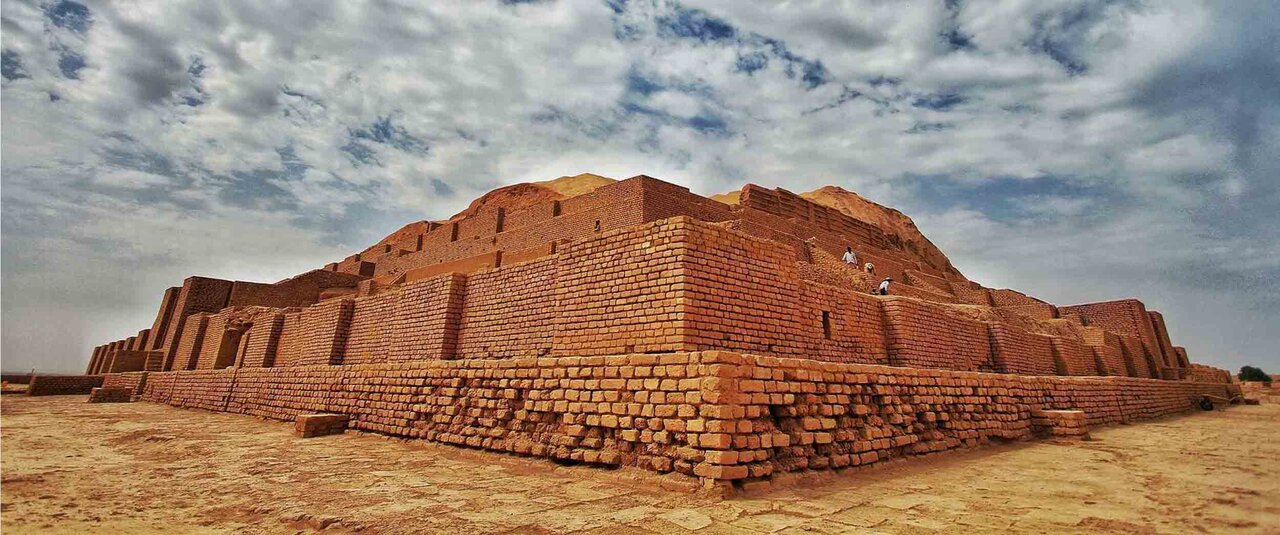Tehran conference to explore UNESCO-registered Tchogha Zanbil

TEHRAN- The House of Humanities Thinkers in Tehran has organized a special session set to take place on December 13, with the purpose of shedding light on the lesser-known capacities of Tchogha Zanbil, a UNESCO-registered prehistorical site in southwest Iran.
The session will be attended by a number of scholars and archaeologists including Kamyar Abdi, Arash Nuraqai and Atefeh Rashnoi, Mehr reported on Monday.
A chief tourist destination in Khuzestan province, the magnificent ruins of Tchogha Zanbil is considered by many the finest surviving example of Elamite architecture in the globe. It was made a UNESCO site in 1979.
Construction of the ziggurat started in c. 1250 BC upon the order of the Elamite king Untash-Napirisha (1275-1240 BC) as the religious center of Elam dedicated to the Elamite divinities Inshushinak and Napirisha.
The ziggurat overlooks the ancient city of Susa (near modern Shush) in Khuzestan Province. Reaching a total height of some 25m, the ziggurat was used to be surmounted by a temple and estimated to hit 52m during its heyday. The ziggurat is located approximately 30 km southeast of Shush and 80 km north of Ahvaz.
UNESCO says that Tchogha Zanbil is the largest ziggurat outside of Mesopotamia and the best preserved of this type of stepped pyramidal monument.
Tchogha Zanbil was excavated in six seasons between 1951 and 1961 by Roman Ghirshman, a Russian-born French archeologist who specialized in ancient Iran. It bears testimony to the unique expression of the culture, beliefs, rituals, and traditions of one of the oldest indigenous communities of Iran.
Ziggurats, in general, are pyramidal stepped temple towers that bear architectural and religious characteristics of the major cities of Mesopotamia from approximately 2200 until 500 BC. They were usually built with a core of mud brick and an exterior covered with baked brick. Approximately 25 ziggurats are known, being equally divided among Sumer, Babylonia, and Assyria, according to Encyclopedia Britannica.
SAB/
